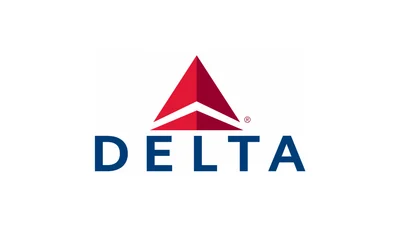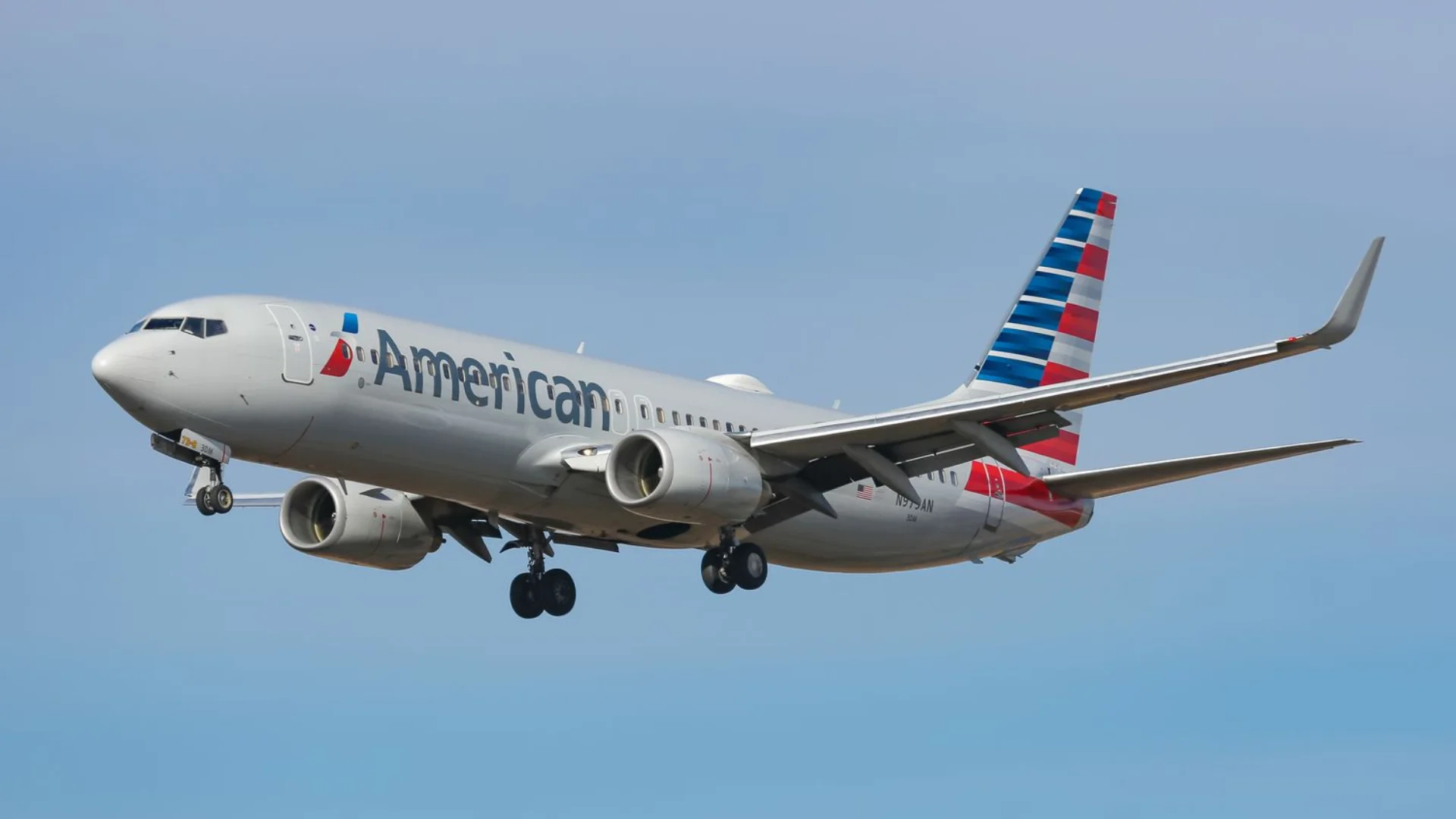The weight differences among various 737 models also affect storage costs. For example, the base model 737 Classic (737-300) weighs about 72,360 lbs empty, whereas the newer Boeing 737 MAX weighs around 138,699 lbs empty.
Economies of scale in aircraft storage might have allowed airlines to negotiate bulk deals for storing large numbers of aircraft like the heavier MAX variant at prices similar to lighter versions.
Tim Zemanovic, a former owner of an Arizona-based aircraft storage facility told the LA Times: "Planes are meant to be flying and being used... You've got to keep them that way even when they're in storage." Maintenance tasks such as running turbofans weekly and ensuring control surfaces function add to costs. Environmental factors like desert sand and wildlife also contribute to maintenance challenges.
Despite these expenses, keeping planes ready for return was necessary once regulatory approvals were granted. Each jet required extensive checks before returning to service after prolonged grounding.
Production issues compounded Boeing's challenges as it suspended new 737 MAX construction from January 2020 due to space constraints and ongoing evaluations amid continued groundings. Bloomberg Intelligence analyst George Ferguson remarked: “They can’t keep building and parking planes indefinitely.”
By March 2021, global regulators began approving the return of the MAX fleet with Boeing starting deliveries from long-term storage facilities soon after. As of April 2025 estimates indicated there were still some undelivered but completed MAX units awaiting dispatch.
Looking ahead post-grounding era sees typical seasonal or end-of-life-related storage patterns resuming although past experiences likely remain vivid reminders prompting careful future planning by both airlines and manufacturers alike.
Boeing has sought extensions related FAA exemptions highlighting ongoing regulatory hurdles potentially affecting operational timelines suggesting further efforts needed avoiding repeat disruptions seen previously with massive associated costs incurred during earlier crises.
___
 Alerts Sign-up
Alerts Sign-up





































